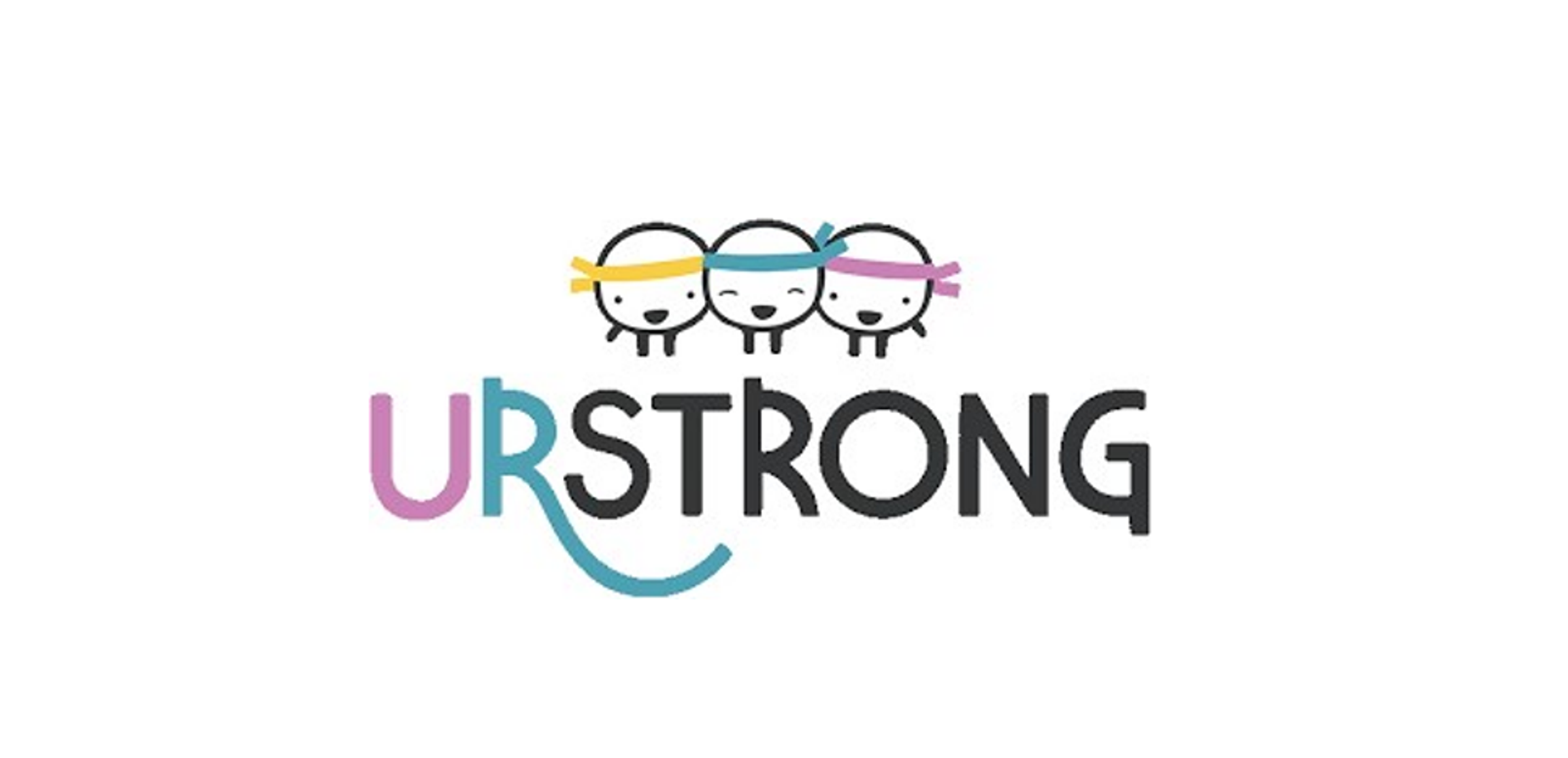URSTRONG

Body Language Charades
3 words. 1st word. 2 syllables. 2nd syllable. Sounds like… *acts out bee, buzzing around* (Let’s help your child master non-verbal communication!)
Key Outcome
Your child will learn how to use positive, effective body language to better communicate their thoughts and feelings to the people around them.
Objective
The Importance of Body Language in Communication
Communication goes beyond spoken words. Body language plays a significant role in conveying messages. Elements such as posture, gestures, facial expressions, and eye movements are vital in communication.
Non-verbal communication, commonly known as “body language”, is a form of communication that doesn’t involve spoken words. Research by Professor Albert Mehrabian indicates that 55% of communication is through body language, 38% through tone of voice, and only 7% through words.
Actions like eye-rolling, crossing arms, or putting hands on hips all convey messages through body language. Understanding and being mindful of body language helps in effective and clear communication. It can influence relationships positively or negatively.
Being conscious of one’s body language is crucial in communicating effectively and kindly. Recognizing and interpreting the body language of others is a skill set that enhances communication. Practice and awareness of body language can improve communication skills and nurture positive relationships.
This activity helps children tune into their body language, so they can keep their Friendship Fires at a minimum.
Materials
- Print out: Can You Read the Body Language?
Instructions
- Remind your child that when they are communicating, it is important that their message is clear and kind. Say, “Not only do you need to be able to communicate using body language, but you need to be able to interpret it and make sense of what others are communicating as well.”
- Parents, start off by sharing an example of body language that you think conveys a strong message. What do you do when you encounter negative body language?
- Play a game of ‘Body Language Charades’. Choose one of the feelings from the handout (found in Materials). One person is the communicator and acts out a feeling (without using words), while the other person is the interpreter and guesses what that feeling is. Take turns in switching roles.
- Then, work with your child to complete the activity sheet. What feelings or emotions are the characters conveying?
Next Steps
Did you know that body language can sometimes spark Friendship Fires®? Can you think of a time that someone’s body language hurt your feelings? Share your stories.